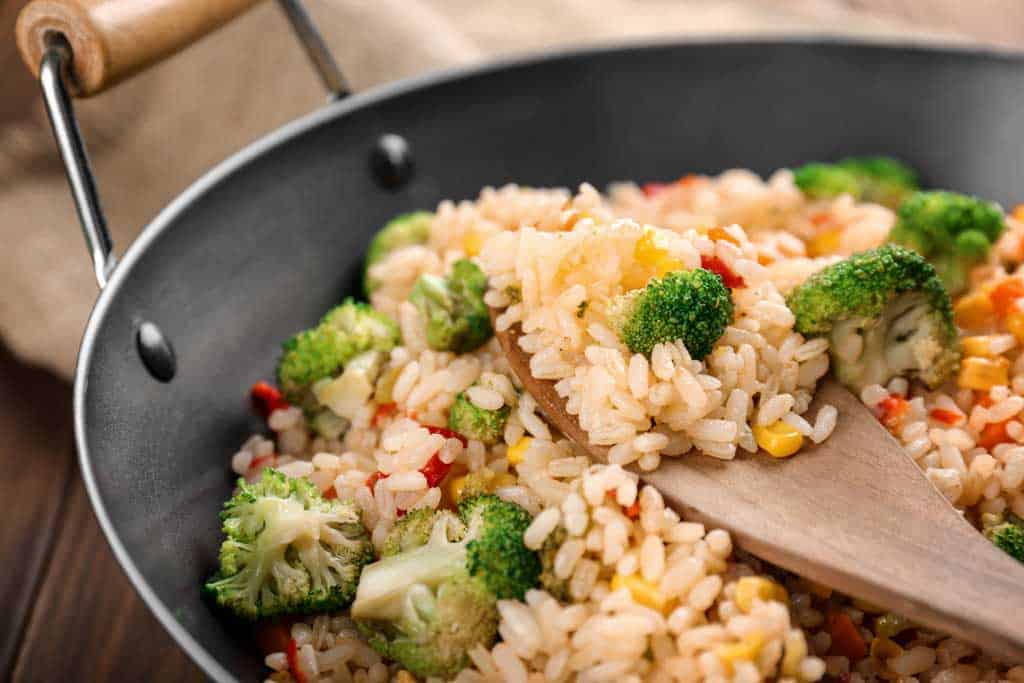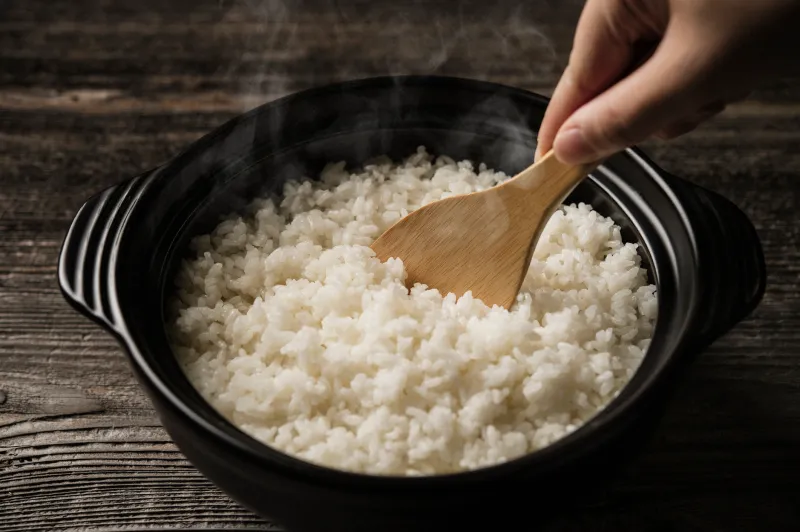Reheating Rice on the Stove: A Guide for Fluffy Results
I. Introduction to Reheating Rice on the Stove
A. Importance of Proper Rice Reheating

Properly reheating rice is essential for food safety and maintaining its texture and flavor. Reheating rice incorrectly can lead to bacteria growth and an unpleasant eating experience.
B. Embracing the Benefits of Stove Reheating Method
Reheating rice on the stove allows for even heat distribution, which helps restore moisture and revive the texture of the rice. It also gives you better control over the reheating process.
C. Exploring the Steps for Reheating Rice on the Stove
Reheating rice on the stove involves properly preparing the rice for reheating, adding liquid and fluffing the rice, and reheating it on low heat for the desired consistency.
II. Preparing the Rice for Reheating
A. Proper Storage of Cooked Rice
- Storing Rice in an Airtight Container in the Refrigerator
Transfer cooked rice to an airtight container and store it in the refrigerator within two hours of cooking to prevent bacterial growth.
- Ensuring Rice is Cooled and Moisture-Free for Best Results
Allow the rice to cool completely before storing it, as storing hot rice can create condensation and make it soggy. Ensure the rice is moisture-free to maintain its texture.
B. Assessing Rice Quality and Moisture Content
- Checking Rice Texture and Moisture Level
Inspect the rice for any clumps or dryness. Clumps can indicate moisture loss, while dryness may require additional liquid during reheating.
- Adding Water if Necessary to Restore Moisture
If the rice appears dry, sprinkle a small amount of water over it and gently mix it in to restore moisture. Be careful not to add too much water, as it can make the rice mushy.
III. Adding Liquid and Fluffing the Rice
A. Adding Water or Broth to the Rice
- Determining the Proper Amount of Liquid for Reheating
Add a small amount of water or broth to the rice based on the quantity being reheated. A general guideline is about 1-2 tablespoons of liquid per cup of rice.
- Adding Flavors with Broth or Stock, if Desired
To enhance the flavor of the reheated rice, substitute water with broth or stock. This adds depth and richness to the dish.
B. Fluffing the Rice with a Fork or Chopsticks
- Breaking Up Clumps and Separating Grains
Gently fluff the rice with a fork or chopsticks to break up any clumps and separate the grains. This helps distribute the moisture evenly.
- Ensuring Even Distribution of Moisture for Consistency
Ensure that the added liquid is evenly distributed throughout the rice for consistent reheating. This prevents some parts from becoming too dry or soggy.
IV. Reheating Rice on Low Heat
A. Transferring Rice to a Saucepan
- Placing the Rice in a Suitable-Sized Saucepan
Transfer the rice to a saucepan that is large enough to hold the rice without overcrowding. This allows for even heat distribution.
- Spreading Out the Rice for Even Heating
Spread out the rice in the saucepan to create an even layer. This promotes even heating and prevents clumping.
B. Heating the Rice on Low Heat
- Covering the Saucepan and Setting Heat to Low
Cover the saucepan and set the heat to low. Reheating rice slowly on low heat prevents burning and allows the rice to absorb moisture evenly.
- Allowing Rice to Reheat Gradually and Absorb Moisture
Allow the rice to reheat gradually, stirring occasionally to ensure even heat distribution. This allows the rice to absorb the added liquid and regain its moisture.
In conclusion, reheating rice on the stove involves properly preparing the rice, adding liquid and fluffing, and reheating on low heat. By following these steps, you can effectively reheat rice while maintaining its texture and flavor. Proper reheating ensures safe consumption and enjoyable eating experience.
